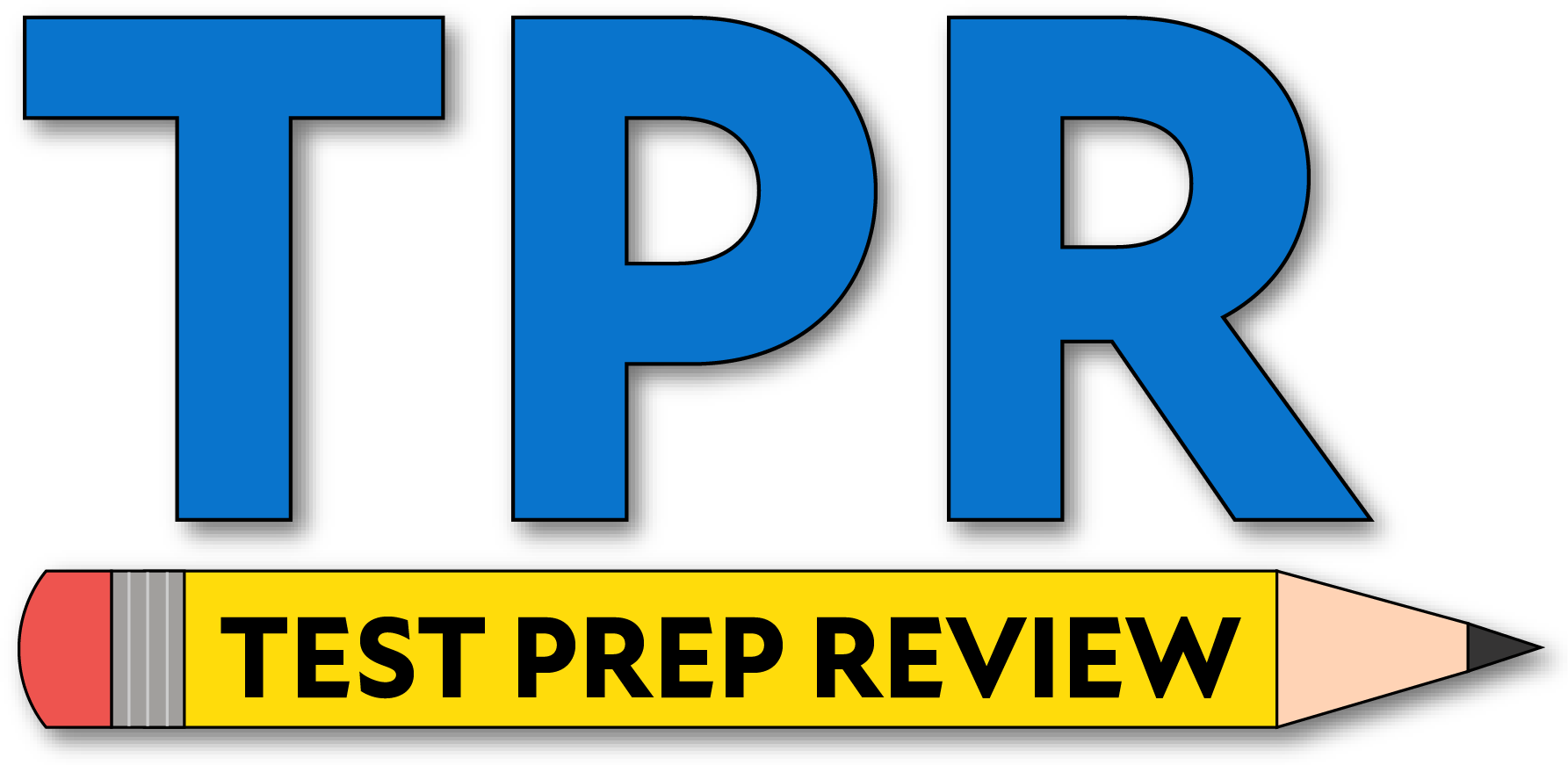Paying for college education with loans and scholarships is well worth the investment. Experts say that that a college graduate will earn over twice as much money in their lifetime as a high school graduate. This will pay for the student loans, and then some! And scholarships are free, of course. With all the resources available for a student today, paying for college with loans and scholarships should be no problem. There are several federal student loan programs available to help you pay for college. Some are based on financial need, but some are open to anyone. With some of the federal student loans, the government will even pay your interest while you attend school. All these loans feature low interest rates to begin with. They can be used to pay for your tuition, room and board, books, supplies, lab fees, and living expenses.
One program is the Perkins loan, which loans up to forty thousand dollars at low interest rates to students who need help paying for a college education. Another very popular federal student loan program is the Stafford loan, which students can use to pay for their education regardless of financial need. With Stafford loans, undergraduate students may borrow up to $46,000 toward covering their college tuition, room and board, and other related expense.
Not only does the government offer low cost loans to students to help pay for college, they also have a program called Pell Grants. These are grants based on financial need, and they range from $400 to $4000 per year, and since they’re grants, not loans, they never have to be repaid. Pell Grants have enabled literally millions of Americans to go to college who otherwise couldn’t afford it. Probably the most overlooked source of financial aid is college scholarships. There are literally billions of dollars in scholarships available every year, but sadly, tens of millions of dollars in scholarship money go unclaimed every year. Everyone’s heard of scholarships, but many people assume that you have to have a perfect grade point average to qualify for one. Nothing could be further from the truth. Yes, there are some scholarships which require high academic achievement, but there are many, many others for students who don’t have a 4.0 GPA.
The number and variety of scholarships is simply amazing-most religious groups and civic organizations and medium to large businesses offer scholarship money to students who share their faith, or whose parents are members of their group, or work for their company. Wal-Mart, McDonalds, Target, Tylenol, and thousands and thousands of other companies offer scholarships to students, and many of these are for substantial sums. The best way to find out about the scholarships that can help you pay for college is to go on the internet to one of the many sites that offer a free scholarship search. With all these resources available-grants, loans, and scholarships, truly every one in America who wants to attend college should be able to, and shouldn’t be held back because they don’t think they can afford to pay for a college education.
